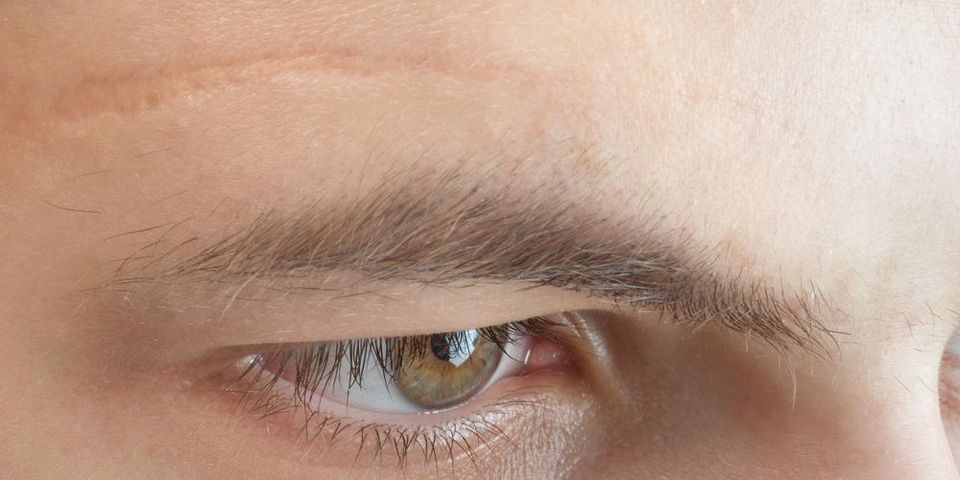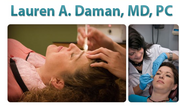
Nearly every type of wound has the potential to cause scarring. If you are concerned about the appearance of a large or dark mark on your face or body, scar removal can help. Customized treatments will improve the look of your skin by blending pigmentation, removing excess tissue, or stimulating healthy collagen production. Before you make a consultation appointment with a skin surgeon, learn more about the science behind the process.
A Guide to Scar Removal
Removal Types
 Scars are the body’s natural way of healing or replacing damaged or lost skin. After your body suffers a wound, collagen protein fibers aggressively mend the cut, sore, or incision, which leads to the dark, thick mark. There are different types of scar removal treatments to smooth the area’s texture and make it look more like the surrounding skin. These include microdermabrasion, chemical peels, phototherapy, and surgery.
Scars are the body’s natural way of healing or replacing damaged or lost skin. After your body suffers a wound, collagen protein fibers aggressively mend the cut, sore, or incision, which leads to the dark, thick mark. There are different types of scar removal treatments to smooth the area’s texture and make it look more like the surrounding skin. These include microdermabrasion, chemical peels, phototherapy, and surgery.
Your skin surgeon will recommend a procedure based on the type of scar you have and the results you desire. Phototherapy, chemical peels, and microdermabrasion are noninvasive and minimally invasive services. Surgical intervention is reserved for the most complex cosmetic cases.
Treatment Process
The science behind scar removal is different for each treatment process. Microdermabrasion removes scars by refinishing the top layers of the dermis. A medical wire brush or diamond wheel is used to perform controlled surgical scraping. This process eliminates the appearance of the thick collagen while leaving skin smooth and refreshed.
Chemical peels use a mixture of acids to remove the outer layer of the affected skin. After cleansing the area, the chemical is applied for a certain amount of time, then removed. When a new layer replaces it, it will appear smoother and more like the surrounding skin.
Also known as laser therapy, phototherapy is a noninvasive way to remove scars with the power of light. A gentle but powerful beam of intense pulsed light (IPL) is applied to the skin through a small device. As the light warms up the targeted scar tissue, it reduces inflammation, tightens the surface, and improves its color.
Surgical scar removal minimizes deeper marks through a process called revision. During the procedure, the patient is put to sleep using anesthesia, and an incision is made to remove the scar. Different techniques can be used to close the incisions and maintain results.
If you are unhappy with your scars, there are many ways to treat them. Lauren A. Daman, MD, PC in Hartford, CT, and Simsbury, CT, is a skilled skin surgeon who uses the latest technology and treatments backed by science. To make an appointment to discuss scar removal, call her at (860) 246-3533. For information about this and other services, including for spider veins and age spots, visit her website.
About the Business
(2 reviews)
Have a question? Ask the experts!
Send your question

